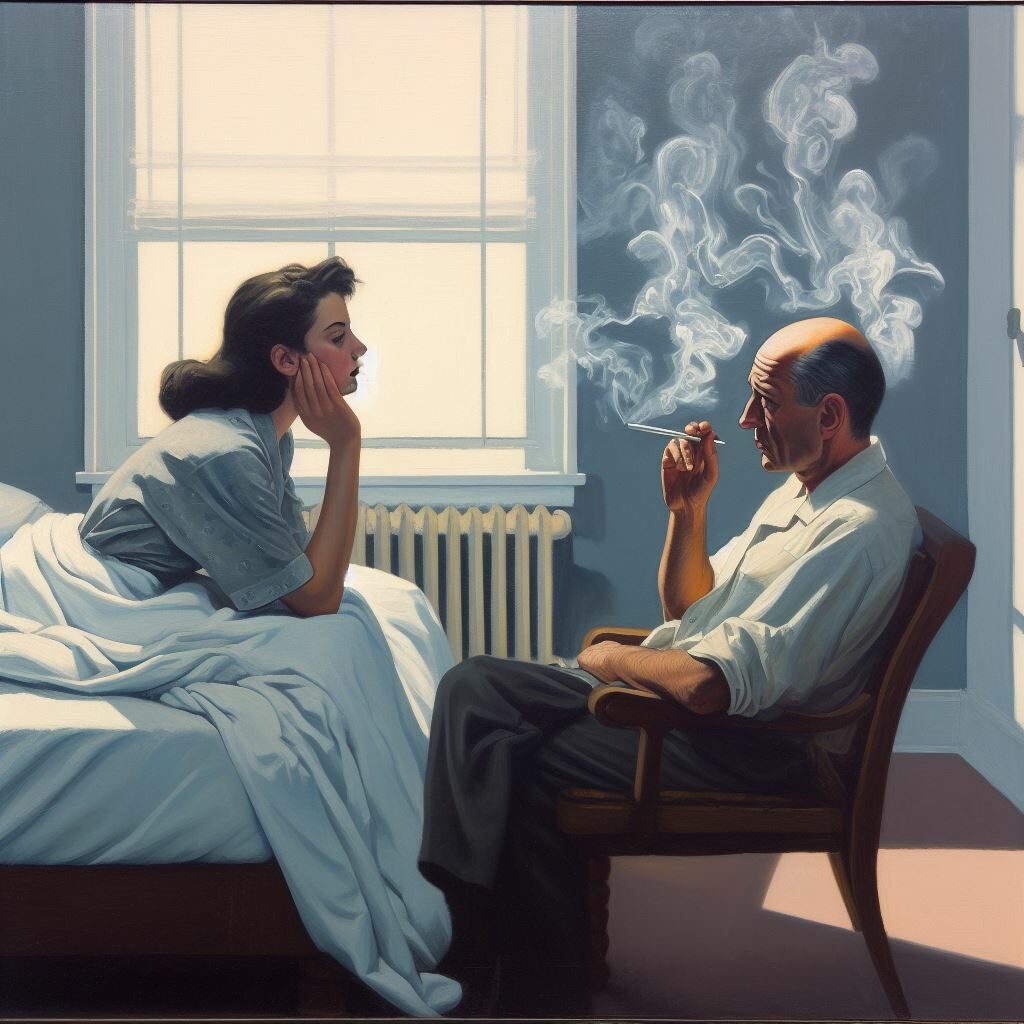Edward Hopper was an American realist painter and printmaker. He is known for his paintings of everyday scenes in America, often depicting isolated figures and stark architecture. Hopper’s paintings are characterized by their use of light and shadow to create a sense of mood and atmosphere.
Hopper’s paintings often have a sense of loneliness and alienation, which reflects his own feelings about the modern world. He was particularly interested in the way that people interacted with their surroundings, and he often used his paintings to explore themes of isolation, alienation, and longing.
Hopper’s paintings have been praised for their realism and their ability to capture the essence of American life. They are also admired for their beauty and their emotional impact.
Here are some of the key elements of Hopper’s style:
- Realism: Hopper’s paintings are realistic in their depiction of everyday scenes and people. He often painted from life, and he was careful to capture the details of his subjects accurately.
- Light and shadow: Hopper used light and shadow to create a sense of mood and atmosphere in his paintings. He often used bright sunlight to highlight the contrast between light and dark, and he used shadows to create a sense of mystery and intrigue.
- Isolated figures: Hopper’s paintings often feature isolated figures. These figures can be seen as representatives of the loneliness and alienation of modern life.
- Stark architecture: Hopper’s paintings often feature stark architecture. This architecture can be seen as a symbol of the coldness and impersonality of the modern world.
Hopper’s style has been influential on many other artists, including filmmakers and photographers. His paintings continue to be popular today, and they are on display in museums and galleries around the world.

